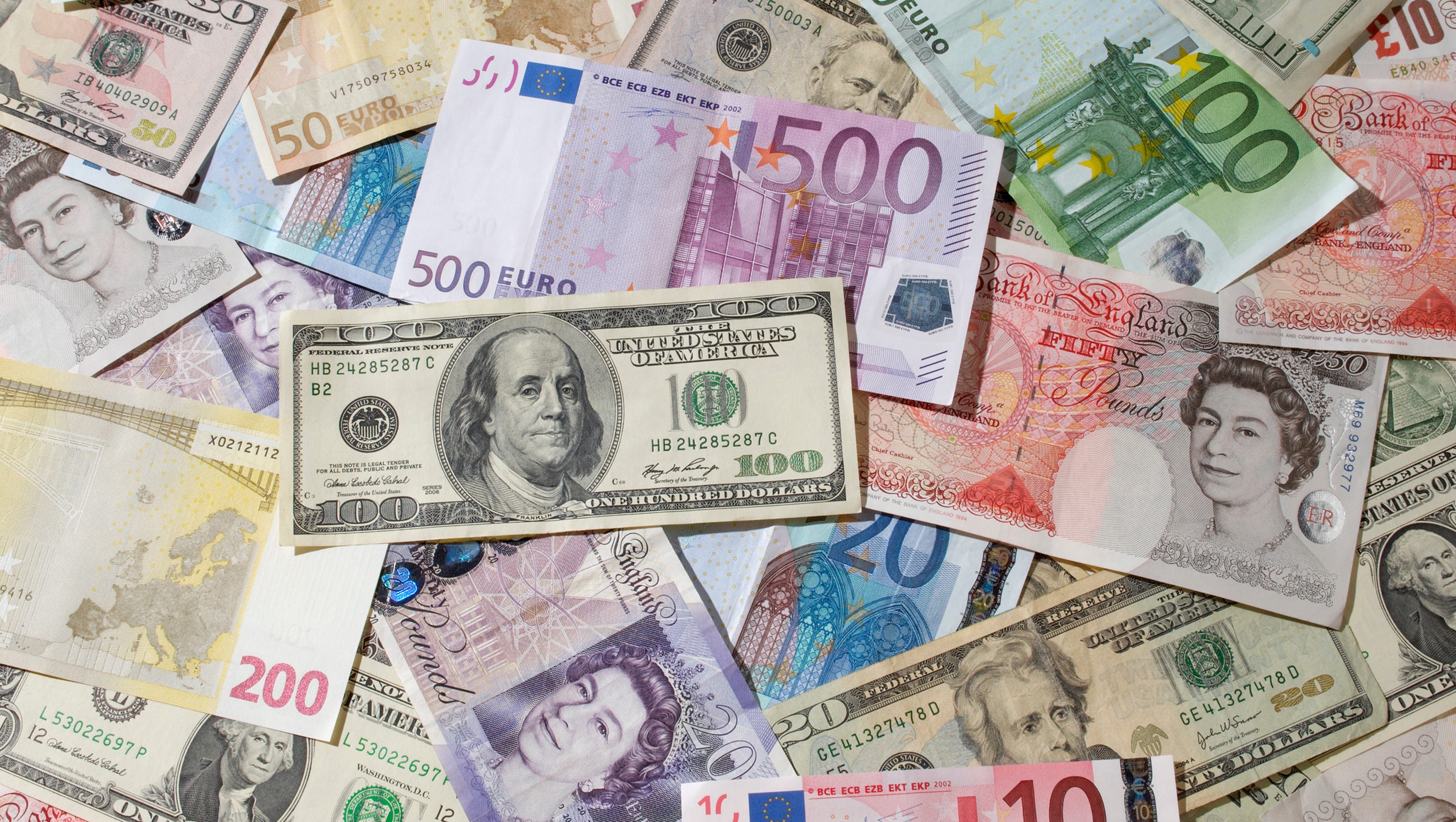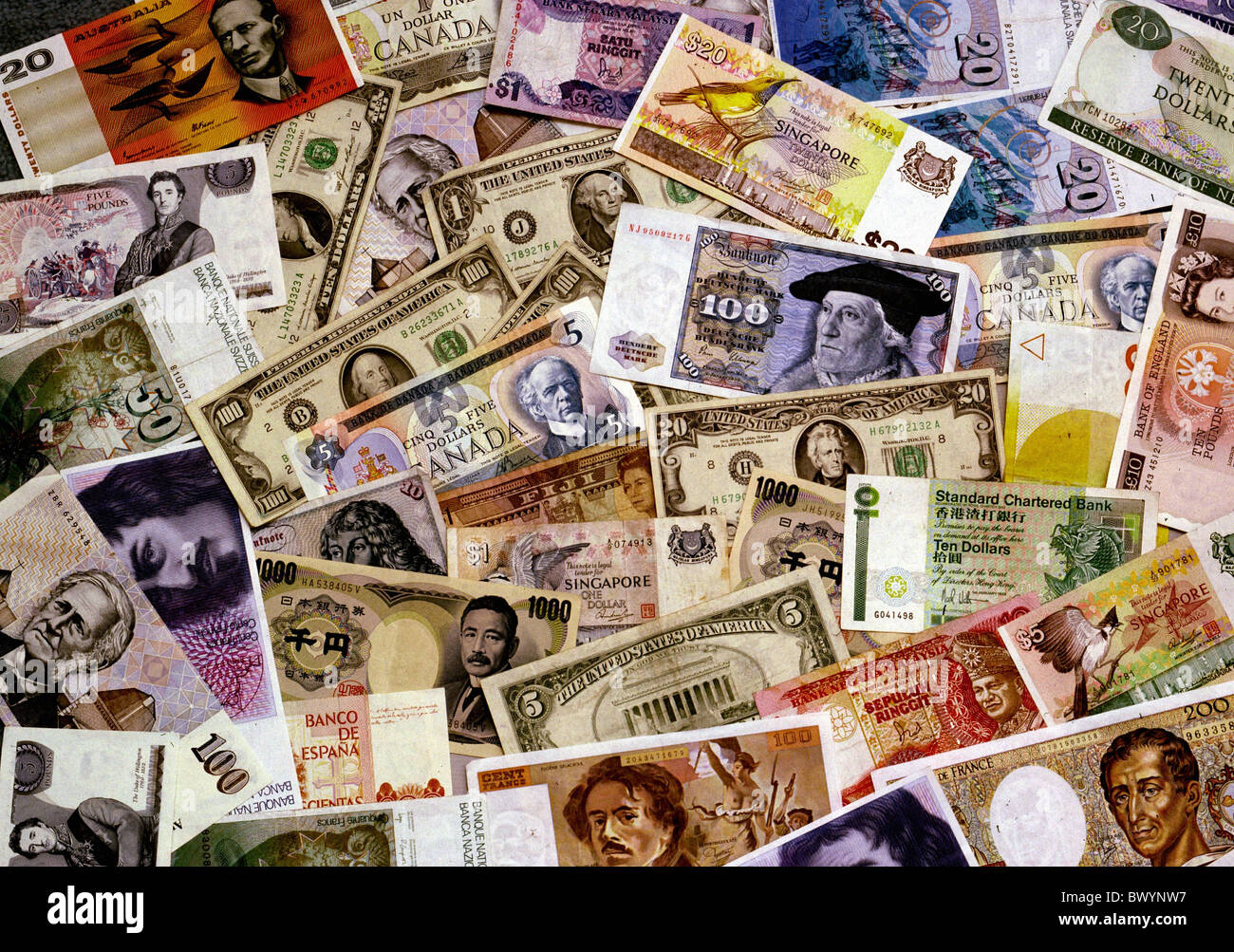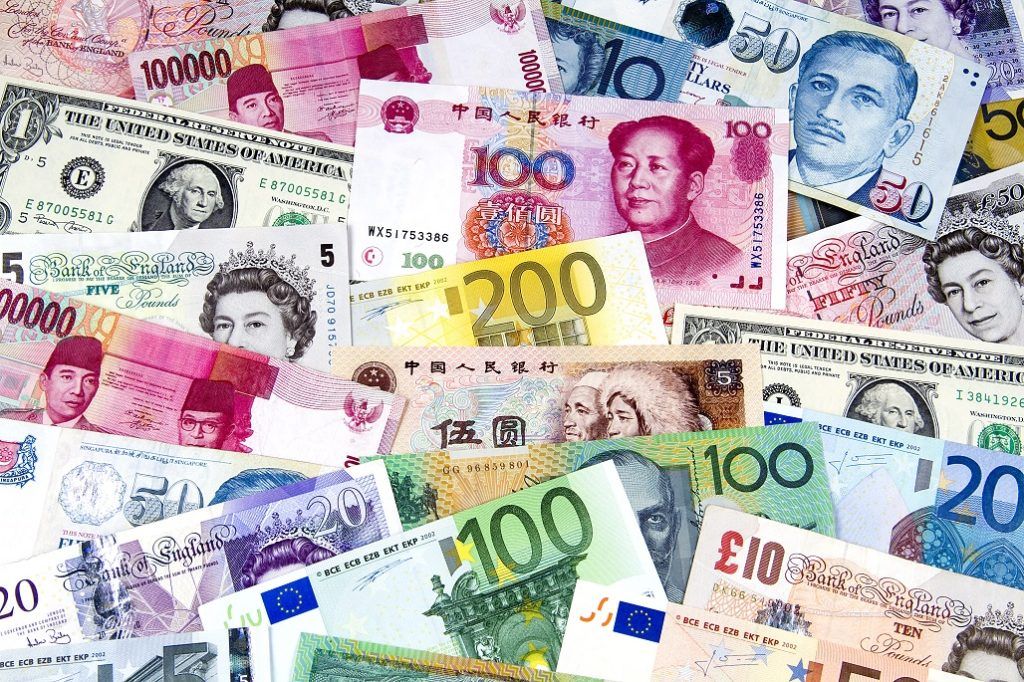Unraveling Iran's Rial: A Deep Dive Into Its Complex Currency
The Iranian Rial: Official Tender and Daily Reality
The Iranian Rial, with the currency code IRR and the symbol ﷼, is the cornerstone of Iran's financial system. It is the official legal currency of the Islamic Republic of Iran, meaning that all prices, wages, and financial contracts are formally denominated in Rials. The central bank of the Islamic Republic of Iran holds the exclusive authority to issue banknotes and coins, ensuring the stability and integrity of the nation's money supply. However, despite its official status, the Iranian Rial often takes a backseat in everyday conversations and transactions. This is where the confusion typically begins for newcomers. While the physical banknotes and coins are all in Rial currency, Iranians commonly express the prices of goods and services in Tomans. This isn't just a quirk; it's a deeply ingrained habit that has historical roots and practical implications for anyone dealing with money in Iran.Rial vs. Toman: A Tale of Two Currencies
The relationship between the Rial and the Toman is simple yet crucial: 1 Toman equals 10 Rials. So, if you see a price tag for 50,000 Tomans, it actually means 500,000 Rials. This mental conversion is second nature to Iranians, but it can be a significant hurdle for visitors. The Toman, in this context, is not a true unit of currency but rather a unit of magnitude, a convenient way to simplify large numbers of Rials. Historically, the Toman was the official currency in Iran until the adoption of the Iranian Rial in 1932. When the Rial was introduced, it replaced the Toman at the rate of 1 Toman = 10 Rials. Before that, the Toman itself had a rich history, being made up of 10,000 dinars and, between 1798 and 1825, subdivided into 8 Rials (an earlier iteration of the Rial). This historical interplay between the two units explains why the Toman remains so prevalent in daily discourse, even as the Iranian Rial is the legal tender. It's a linguistic shortcut, making large sums of money easier to pronounce and comprehend in casual conversation.A Brief History of Iran's Monetary System
The modern Iranian Rial was introduced as Iran's monetary unit in 1932, marking a significant shift from the previous system centered around the Toman. This move was part of broader efforts to modernize the country's financial infrastructure. Prior to 1932, the Toman was the official currency, issued by the Imperial Bank of Persia in gold coins and banknotes. Common Toman coin denominations included 1, 2, 5, 10, and 25 Tomans. The transition to the Rial aimed to standardize the currency system and align it with international norms. While the Toman faded from its official role, its legacy endured in the way Iranians continued to refer to prices. This historical context is vital for understanding the current dual-currency perception in Iran. It's not a new phenomenon but a continuation of a long-standing tradition where the Toman serves as a convenient accounting unit.The Central Bank's Role
As mentioned, the central bank of the Islamic Republic of Iran has the exclusive authority to issue banknotes and coins in Iran. This centralized control is fundamental to managing the nation's monetary policy, including controlling inflation, ensuring the stability of the Iranian Rial, and regulating the financial system. The central bank's decisions directly impact the availability and value of the currency, playing a critical role in the country's economic health. Their mandate extends to maintaining public confidence in the Iranian Rial and facilitating domestic and international transactions.Denominations and Physical Currency
When you handle physical money in Iran, you'll encounter a range of denominations for both coins and banknotes, all explicitly marked in Rials. Coins are issued in denominations ranging from 5 to 500 Rials. While these lower denominations exist, their practical use has diminished significantly due to the currency's extremely low value. Banknotes are where most daily transactions occur. They are denominated in values from 100 to 20,000 Rials. However, due to inflation and the Rial's low value, even these higher denominations represent relatively small amounts in terms of purchasing power. As of 2024, the lowest value banknote you can commonly find in Iran is the 50,000 Rial note, which, significantly, is often referred to as 5,000 Tomans. This highlights the practical dominance of the Toman in everyday pricing, even on the physical currency itself. Larger denominations, such as the 100,000 and 500,000 Rial notes, are also in circulation, reflecting the need for higher values to facilitate transactions given the currency's depreciation. Iranian banknotes photos from 2024 showcase these various denominations, all clearly labeled in Rial currency, yet mentally converted to Tomans by users.The Rial in the Global Landscape: Exchange Rates and Challenges
The Iranian Rial's position in the international financial market is unique and often challenging. Our currency rankings show that the most popular Iranian Rial exchange rate is the IRR to USD rate, reflecting the US dollar's status as a global reserve currency and its importance in Iran's external trade. However, because of its extremely low value and the geopolitical factors affecting Iran, the Iranian Rial is not commonly traded in the foreign exchange market. Its forex symbol is IRR, but you won't find it as readily convertible or as liquid as major global currencies. This limited international trade means that official exchange rates might not always reflect the reality of the open market, where rates can fluctuate significantly based on supply, demand, and political developments. For anyone looking to understand the value of the Iranian Rial, it's crucial to look beyond just official figures and consider the parallel market rates, which often offer a more accurate picture of the currency's true purchasing power.Navigating Exchange Rate Volatility
The Iranian Rial has experienced significant volatility against major currencies, particularly the US dollar. Iran's Rial currency traded Saturday at a record low against the U.S. Dollar as the country returned to work after a long holiday, costing over 1 million Rials for a single greenback as tensions mounted. This kind of dramatic depreciation is not uncommon. For instance, Iran’s currency hit a new low on Saturday with $1 costing 1,043,000 Rials, and it could fall even further as global tensions rise, especially related to issues like Iran’s nuclear program. The exchange rate had plunged to more than 1 million Rials for a dollar. In response to such volatility, the government has sometimes intervened. In 2012, for example, the government launched a foreign exchange center that would provide importers of some basic goods with foreign exchanges at a rate about 2% cheaper than the open market rate on a given day. Such measures aim to stabilize prices for essential goods and mitigate the impact of currency depreciation on the general population. However, these interventions often create multiple exchange rates, further complicating the financial landscape for businesses and individuals. Live Iranian Rial (IRR) exchange rates and gold price in Iran's free market are closely watched indicators, providing a real-time pulse on the currency's health.The Toman's Comeback: A Planned Transition
Perhaps one of the most significant developments concerning the Iranian Rial is its scheduled replacement by a new official currency, the Toman. This transition was planned to occur gradually between 2020 and 2022. The move aims to simplify transactions by removing four zeros from the currency, effectively making 1 Toman equal to 10,000 Rials. This redenomination is a direct response to the massive depreciation of the Rial over the years, which has made handling large sums of money cumbersome and confusing. The reintroduction of the Toman as the official currency, rather than just a colloquial term, is expected to streamline financial calculations, reduce the need for large stacks of banknotes, and potentially improve public perception of the currency's value. While the transition is gradual, it signifies a major overhaul of Iran's monetary system, aiming to bring official practice in line with daily usage and address the practical challenges posed by the Rial's low value. This will certainly make the Iranian currency and exchange rates guide for tourists and travelers much simpler in the future.Practical Tips for Travelers and Businesses
For anyone planning to visit or conduct business in Iran, understanding the nuances of the Iranian Rial is paramount. The dual system of Rial and Toman can be a significant source of confusion, leading to miscommunications or even financial errors if not handled carefully. Always clarify whether a price is in Rials or Tomans. A simple rule of thumb is to assume Toman in daily conversation and Rial on official documents or banknotes, but always confirm. Tools like online currency converters can be invaluable. You can easily get Iranian Rial rates, charts, and an IRR currency converter to help you manage your finances. Websites offering currency rankings and comparison tables allow you to compare an amount in Iranian Rial to all other currencies, giving you a clear picture of its international value. This preparation is essential for having a better idea of Iranian currency complexity and solving problems with dealing with Iranian Rials.Understanding Exchange Rates for International Transactions
When dealing with international transactions involving the Iranian Rial, it's crucial to be aware of the dynamics of exchange rate changes. You can learn the value of 1 British Pound (GBP) in Iranian Rials (IRR) today, and observe the dynamics of the exchange rate change for a week, a month, or a year on charts and in tables. Converting 1 Pound to Rials with an online currency converter provides a quick estimate, but for larger or more critical transactions, it's advisable to consult local banks or reputable exchange offices for the most current and favorable rates, especially considering the potential disparity between official and open market rates.Economic Factors Influencing the Iranian Rial
The value and stability of the Iranian Rial are heavily influenced by a confluence of economic and geopolitical factors. International sanctions, particularly those imposed by the United States, have severely restricted Iran's access to global financial markets and its ability to export oil, its primary revenue source. This has led to a chronic shortage of foreign currency within the country, putting immense downward pressure on the Rial. Internal economic policies, inflation, and government spending also play a significant role. High inflation erodes the purchasing power of the Iranian Rial, making goods more expensive and further devaluing the currency. Geopolitical tensions, such as those between Tehran and Washington over Iran’s nuclear program, can trigger immediate and sharp drops in the Rial's value, as market confidence plummets. The country's reliance on oil revenues means that global oil price fluctuations also directly impact the availability of foreign currency and, consequently, the strength of the Iranian Rial. The Iranian currency, the Iranian Rial (IRR), has indeed been a topic of significant interest and concern, both domestically and internationally, due to its susceptibility to these complex forces.The Future Outlook for Iran's Currency
The planned redenomination and official reintroduction of the Toman represent a bold step by the Iranian government to address the long-standing issues plaguing the Iranian Rial. If successfully implemented, this move could simplify daily transactions, reduce the psychological burden of dealing with millions of Rials for small purchases, and potentially foster greater confidence in the national currency. However, a redenomination alone does not solve underlying economic problems. The long-term stability and strength of Iran's currency will ultimately depend on broader economic reforms, the easing of international sanctions, and a more stable geopolitical environment. Reducing inflation, diversifying the economy beyond oil, and attracting foreign investment are crucial steps for the Iranian Rial (or the new Toman) to gain sustained strength and stability. While the transition to the Toman aims to make the currency more manageable for everyday use, its true value will remain tied to the health of Iran's economy and its integration into the global financial system. In conclusion, the Iranian Rial is more than just a monetary unit; it's a reflection of Iran's rich history, its unique cultural practices, and its complex economic and geopolitical realities. From its official status to its colloquial twin, the Toman, understanding this currency requires delving beyond the surface. Whether you're a traveler, a business professional, or simply an interested observer, grasping the dynamics of the Iranian Rial provides invaluable insight into one of the world's most intriguing economies. We hope this deep dive has clarified some of the complexities surrounding Iran's currency. What are your thoughts on the planned Toman redenomination? Have you had experiences dealing with the Rial/Toman system? Share your insights in the comments below, and don't forget to share this article with anyone who might find it useful! For more insights into global currencies and economic trends, explore other articles on our site.- Ara Celi Actress
- Jayson Tatum Wife
- Who Dated Miley Cyrus
- Dacre Montgomery Girlfriend
- Meghann Fahy Age

Currency exchange 101: What to know before you go

Bank notes countries currency different finances international money

Currency - Overview, Origin, Foreign Exchange Trading